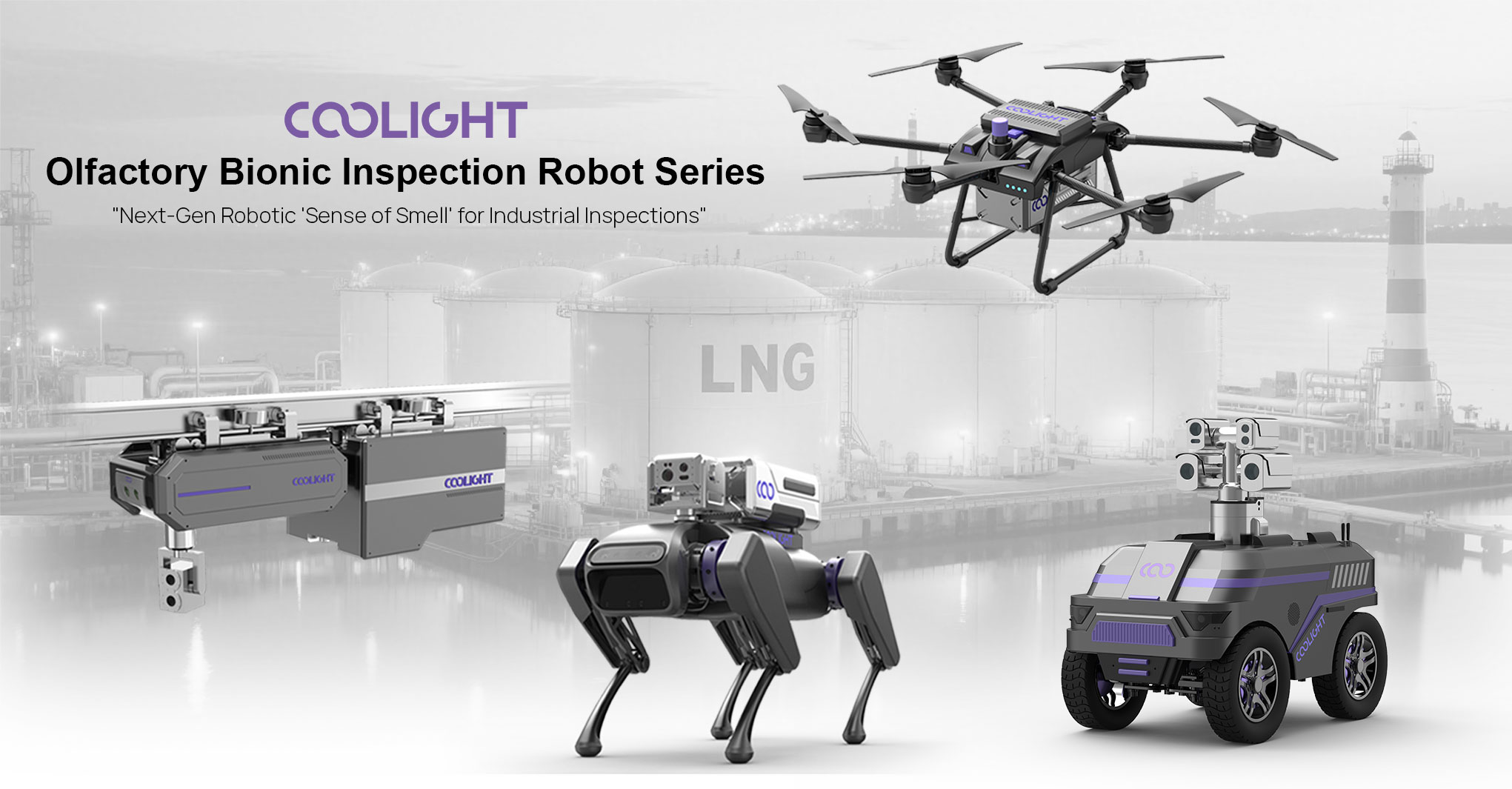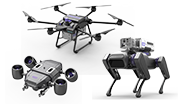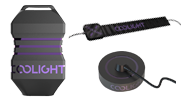From coastal receiving terminals to inland peak-shaving hubs, from 160,000-cubic-meter storage tanks to 270,000-cubic-meter "giants," China's LNG tank construction is continuously pushing the limits of scale and breaking through technological barriers through independent innovation.
As a critical component of clean energy, LNG plays a vital role in ensuring energy security and driving green development. However, as storage capacities expand and operational scenarios grow more complex, achieving breakthroughs in intrinsic safety and low-carbon operations and maintenance still requires concerted efforts across the industry.
The LNG industry faces unique accident risks such as rapid phase transitions, geyser phenomena, and fire/explosion hazards caused by leaks—complex in origin, severe in consequence, and challenging for emergency response. This demands intelligent breakthrough solutions. Koolight Photonics' intelligent inspection robots are emerging as a pivotal force, providing multidimensional support for LNG operations.
1· Storage Facility Risk Prevention and Control
Ultra-low temperatures (-162°C) cause metal embrittlement and weld seam leaks; improper BOG handling may trigger overpressure explosions; stratification rollover leads to sudden pressure surges.
Coolight intelligent inspection robots, equipped with high-precision sensors, monitor tank conditions and weld integrity in real time. Upon detecting anomalies, they issue instant alerts, enabling proactive intervention in overpressure and sudden pressure spike risks—ensuring secure storage operations.
2 · Reduce transportation accident rates
Leakage from tanker trucks may trigger BLEVE explosions; ship cracks exceeding 0.5mm can cause jet fires (thermal radiation ≥35kW/m²); collisions and vibrations may damage valves and pipelines.
Coolight intelligent inspection robots, equipped with infrared and gas detection modules, enable rapid and precise anomaly identification. Upon detecting leaks or collision risks, they trigger immediate alarms and initiate coordinated countermeasures—significantly enhancing transportation safety.
3 · Resolve process operation risks
The entire process chain (including liquefaction parameters, process transitions, pipeline transport, etc.) is prone to abnormalities across multiple stages, potentially leading to pipeline blockages, equipment overloads, and medium leakage.
Smart inspection robots enable end-to-end monitoring of parameter fluctuations, using intelligent algorithms to predict failures in advance, ensuring system stability.
4 ·Withstand extreme weather threats
Extreme weather events can compromise insulation layers, causing LNG evaporation rates to surge tenfold; freezing rain may trigger icing jams in loading arms (requiring specialty steel rated for -196°C).
Robotic inspection systems replace manual patrols, monitoring insulation integrity and ice accumulation risks while activating coordinated anti-icing protocols.
5 · Optimize manual operations and inspections
Smart inspection robots deliver 24/7 uninterrupted monitoring, replacing high-risk human tasks to:
Eliminate inspection gaps and misjudgments
Prevent occupational hazards (cryogenic exposure/asphyxiation)
Reduce costs while enhancing safety

As the LNG industry expands in scale, safety operation and maintenance challenges escalate. Koolight Photonics' multi-configuration inspection robots fortify safety defenses through precision monitoring and intelligent early warning systems, safeguarding the industry's breakthroughs in both scale and technological barriers while enabling safer and more efficient LNG sector development.








